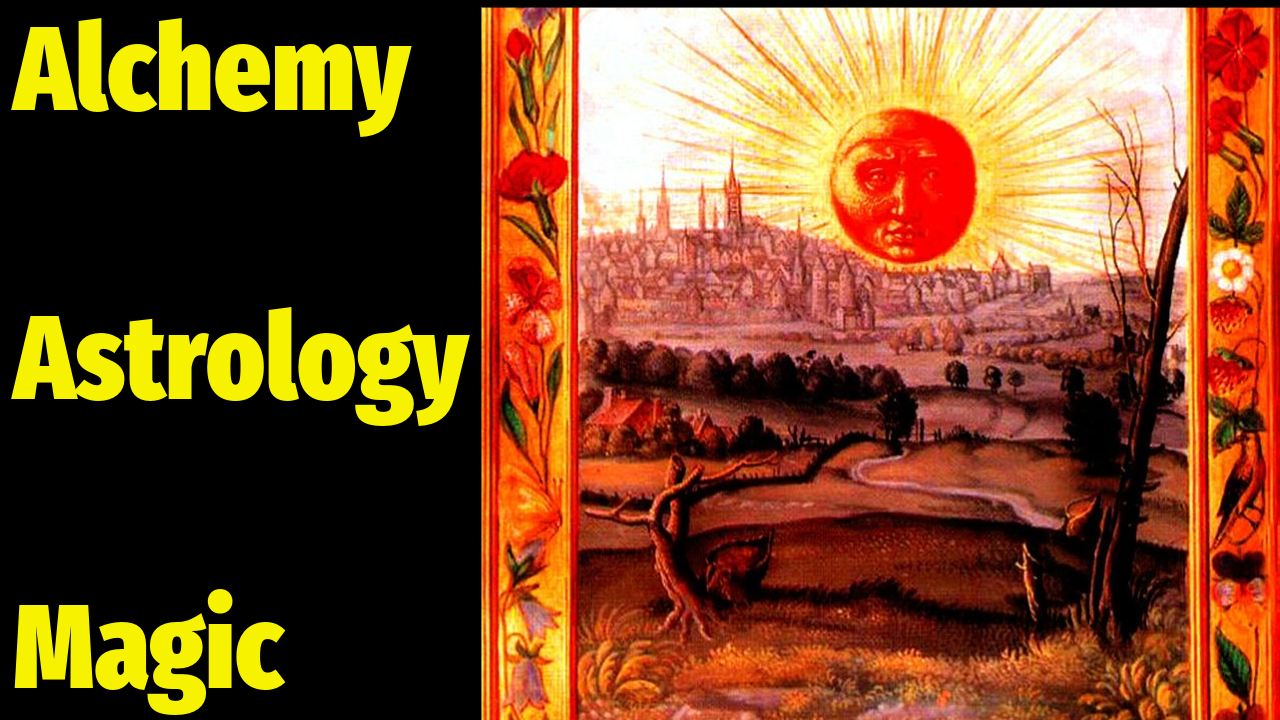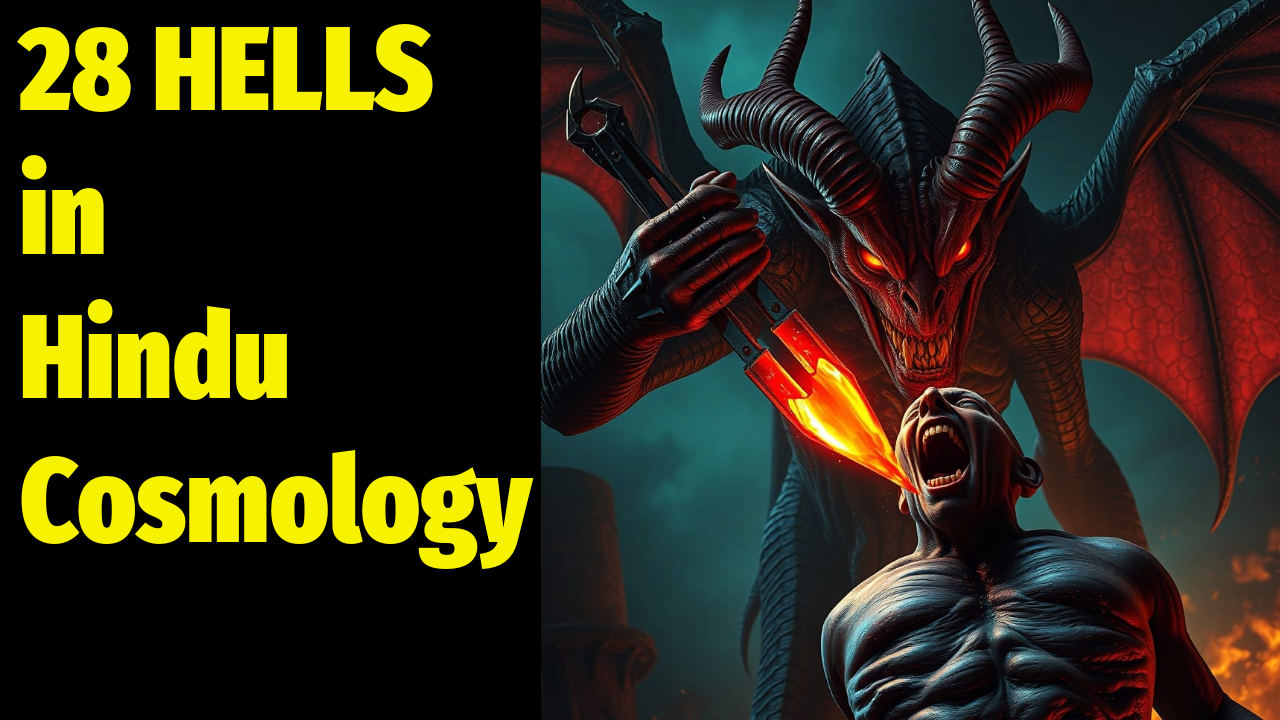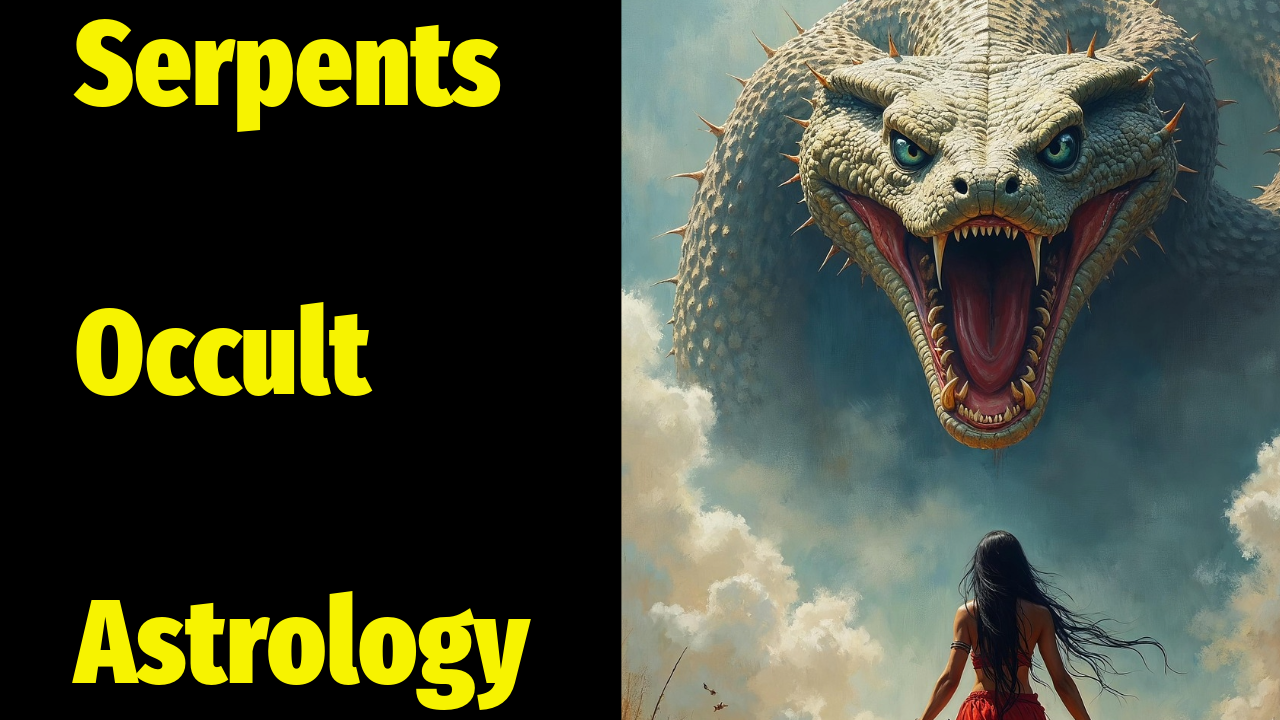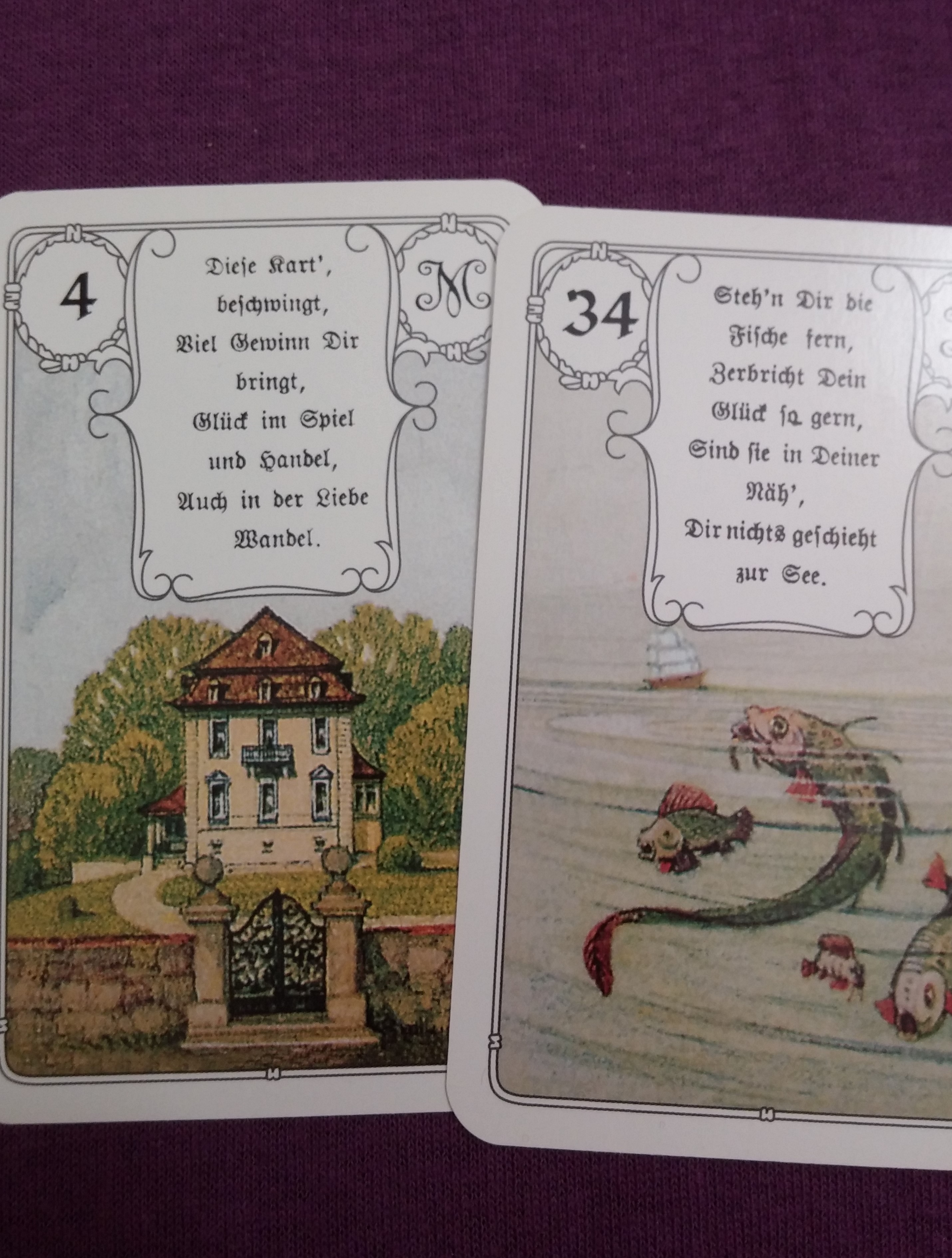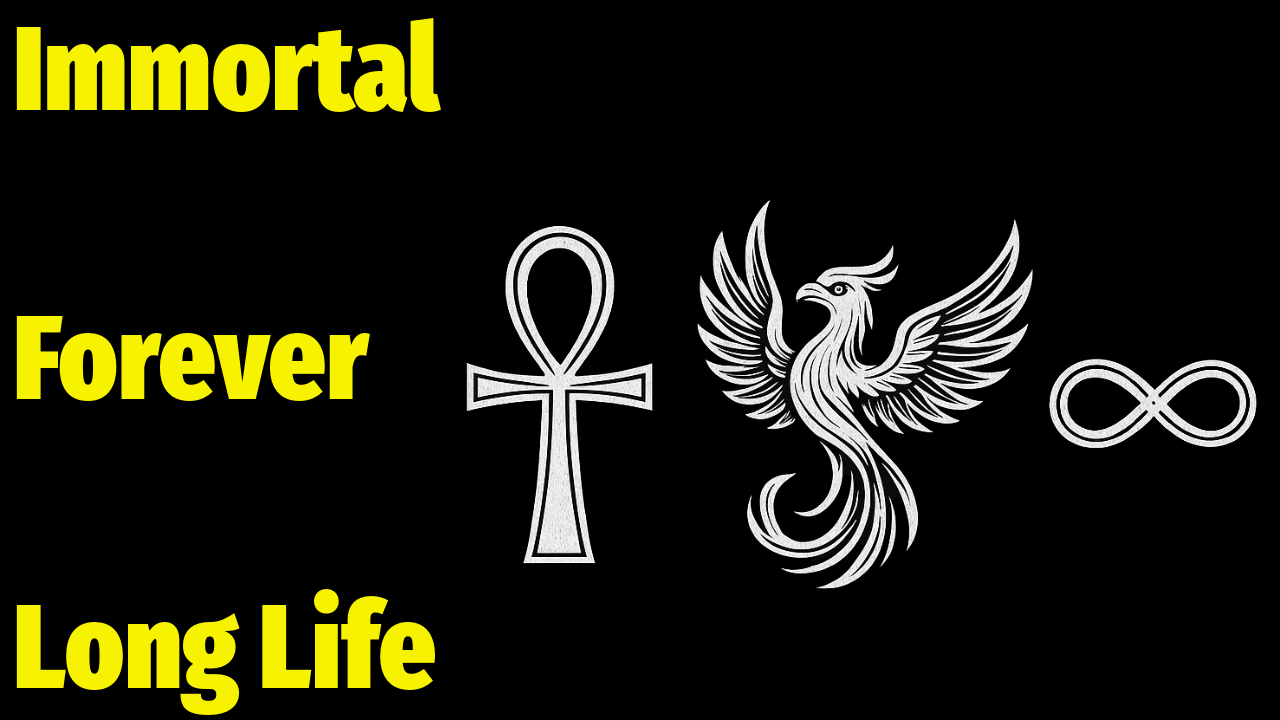
The concept of immortality has fascinated humanity since ancient times, appearing across diverse cultures, mythologies, and traditions.
From deified heroes of Greek mythology to eternally living sages in Hindu scriptures and alchemists of old, the notion of transcending death has inspired countless legends, beliefs and even historical claims of immortality.
These figures represent diverse traditions, ranging from transcendence to divine intervention and mythical quests.
As we continue to explore scientific possibilities for extending human lifespan, these ancient and historical narratives of immortality remain relevant, reminding us that the quest for eternal life is among humanity’s oldest and most persistent ambitions—one that continues to shape our understanding of existence.
This analysis examines some of the most notable immortal figures from various sources, exploring their purported paths to immortality, cultural significance, and the enduring impact of these narratives on human imagination.
Greek Deified Mortals and Immortals – Heroes Elevated to Divine Status
Ancient Greek religion featured numerous mortals who achieved immortality through various means. This transformation, termed “apotheosis,” was granted to exceptional individuals who demonstrated heroic qualities or received divine favor.
One of the most celebrated examples is Heracles (Hercules), whose remarkable labors and good deeds to mankind earned him immortality.
Archaeological discoveries have fueled speculation about a historical figure behind the Heracles myth, with archaeologists claiming evidence of his tomb in the Peloponnese area.
Asclepius represents another fascinating case of deification. This Thessalian physician possessed such exceptional healing abilities that he could supposedly resurrect the dead.
This power, transgressing natural order, provoked Zeus to strike him down with a thunderbolt. However, Asclepius’s father Apollo later recovered him from the underworld and brought him to Mount Olympus as a god. His story illustrates both the Greek belief in potential immortality and the perceived dangers of going beyond mortal limitations.
The process of achieving immortality in Greek tradition followed several pathways. Some received this gift as reward for doing good to humanity, others through marriage to Gods, and some by chance or circumstance.
In some accounts, Ariadne, a Cretan princess abandoned by Theseus on Naxos, achieved immortality through marriage to Dionysus, who brought her to Mount Olympus as his divine spouse.
Similarly, Aristaeus, who invented beekeeping and olive oil production techniques, received immortality for his contributions to human civilization.
Resurrection and Physical Immortality
Ancient Greek religious beliefs included concepts of physical resurrection and immortality that predate similar Christian doctrines. Achilles, after his death, was reportedly rescued from his funeral pyre by his divine mother Thetis and granted immortal existence in Elysium, the Islands of the Blessed.
Memnon, an Ethiopian king, was considered immortal during his life and regarded as inferior only to Achilles in warrior prowess. His death at Achilles’ hands is recounted in the lost epic Aethiopis.
Amphiaraus, a seer, experienced a distinctive transformation to immortality. When fleeing during a war, the earth opened and swallowed him. Rather than dying, he was transformed into a prophetic spirit presiding over a subterranean oracle, achieving a form of immortality through this metamorphosis into a chthonic hero.
Tithonus is a figure in Greek mythology known for being granted immortality by Zeus but not eternal youth. He was a Trojan prince, the lover of the Goddess Eos (Aurora in Roman mythology), and became cursed with perpetual old age and weakness.
Greek attitudes toward resurrection were generally ambivalent or negative, with immortality considered neither universally desirable nor possible for ordinary mortals.
The philosopher Plutarch openly scorned such beliefs, writing that deifying “creatures naturally mortal” represented “improbabilities” promoted by “fabulous writers”.
This skepticism highlights the tension between popular religious beliefs and philosophical thought regarding immortality in ancient Greece.
Hindu Immortals and Chiranjivi
Hindu scriptures describe eight notable immortals known as Chiranjivi (literally “forever living”) who continue to exist through the ages.
Unlike Greek deified mortals, these figures obtained immortality through various divine interventions, blessings, or curses, and many are believed to still walk the Earth today.
Lord Hanuman is perhaps the most widely worshipped immortal in Hindu tradition. As per Hindu scriptures, he is believed to live eternally and will survive even after the Kalpa (destruction of the universe). His immortality serves as a testament to his unwavering devotion and represents the eternal nature of true selfless service.
Historical Figures Associated With Immortality
Throughout history, various individuals have claimed immortality or had such claims attributed to them. These cases offer fascinating insights into human psychology and the enduring appeal of transcending death.
The Count of St. Germain – The Enigmatic Alchemist
One of history’s most enigmatic figures associated with immortality is the Count of St. Germain, an 18th-century European courtier, adventurer, and alleged alchemist.
Described by Voltaire as “a man who knows everything and who never dies,” he frequented 18th-century royal courts, displaying expertise in alchemy, diplomacy and languages.
Myths and legends about St. Germain proliferated in the late 19th and early 20th centuries, including beliefs that he possessed the “Elixir of Life” and never aged.
Contemporary accounts described his youthful appearance despite his apparent advanced age, noting that his skin “seemed not to have experienced the passage of time”.
He looked no older than 45 despite claims of having witnessed events centuries prior.
His avoidance of public meals and reliance on a mysterious “elixir” further solidified his reputation as an alchemist who had unlocked eternal life.
The mystery deepened with conflicting reports of his death. According to some official records, he died in Eckenförde, Germany in 1784, yet no tombstone bearing his name exists there.
Sightings persisted for over a century. He was reportedly seen during the French Revolution (1789), and at the Congress of Vienna (1815).
Historians attribute his longevity to skillful disguise and myth, and the lack of definitive evidence keeps the legend alive.
Qin Shi Huang’s Quest for Eternal Life
China’s first emperor, Qin Shi Huang, is renowned for unifying China, building the Great Wall, and commissioning the Terracotta Army.
Less well-known is his obsessive pursuit of immortality.
According to legend, he dispatched his servant Xu Fudong eastward with thousands of people to discover the secret of eternal life.
This expedition never returned to China, with some legends claiming they discovered and populated Japan.
Despite his extensive efforts and the beliefs of his followers who considered him immortal, Qin Shi Huang died at age 50 in 210 BCE from a sudden illness.
His pursuit of immortality reflects the common human desire to extend life indefinitely and the lengths to which powerful individuals might go to achieve this goal.
Cartaphilus and Christian Traditions
Christian apocryphal traditions include immortal human figures cursed with physical immortality for transgressions against Christ.
One notable example is Cartaphilus (The Wandering Jew), a mythical immortal man whose legend began to spread in Europe in the 13th century. In the original legend, he was a Jew who taunted Jesus on the way to the Crucifixion and was then cursed to walk the Earth until the Second Coming.
This concept of immortality as punishment rather than reward demonstrates the complexity of eternal life as a philosophical and theological concept.
Al-Khidr
In Sufi Islamic tradition, Al-Khidr is considered an immortal prophet or servant of God. He is also described as an angel or a wali, who guards the sea and teaches secret knowledge and aids those in distress.
He is also often depicted as a guide for other prophets, teaching those who seek divine wisdom.
Mahavatar Babaji
Mahavatar Babaji is a mystical figure in Indian tradition, believed to have lived for thousands of years. He is said to have manifested in 203 BCE and continues to exist in his physical body, residing in the Himalayas. Babaji is associated with Kriya Yoga and is revered as an eternal yogi.
Nicolas Flamel – The Immortal Scribe
A real French scribe, manuscript seller and alchemist from the 14th century, Nicolas Flamel is rumored to have discovered the Philosopher’s Stone and achieved immortality. Though records show he died in 1418, legends claim sightings of him centuries later.
By the 17th century, rumors circulated that Flamel and his wife Perenelle had been sighted in India and Turkey, preserved by the Stone’s elixir.
Flamel’s association with immortality stems from his 15th-century alchemical text, Livre des figures hiéroglyphiques.
Though modern scholars dismiss it as allegorical, the work fueled speculation that he had transcended death.
Sir Galahad
According to the legend, among the knights of King Arthur’s Round Table, Sir Galahad found the Holy Grail.
He is often depicted as being taken to paradise by angels after his death, which can be interpreted as a form of mystical immortality or a higher state of existence beyond earthly life.
In some versions, he may be physically transported to another realm or his body is left behind and later buried, granting him eternal life in heaven.
Gilgamesh
He was possibly a historical king of the Sumerian city-state of Uruk, who was posthumously deified.
The Epic of Gilgamesh, the most complete account of Gilgamesh’s adventures, was composed in Akkadian during the Middle Babylonian Period.
In the epic, Gilgamesh is described as being “two thirds divine and one third mortal”.
It relates how Gilgamesh, driven by grief and fear of his own mortality, undertakes a long and perilous journey to discover the secret of eternal life, overcoming many obstacles to find the home of Utnapishtim, the sole survivor of the Great Flood, who was rewarded with immortality by the Gods.
Gilgamesh learns from him that “Life, which you look for, you will never find. For when the Gods created man, they let death be his share, and life withheld in their own hands”.
Dashi-Dorzho Itigelov – The Incorruptible Lama
A Russian Buddhist monk, Itigelov predicted his own death in 1927 and entered deep meditation before passing away.
His body was exhumed 75 years later, found remarkably preserved, seated in lotus position, with flexible joints and intact skin.
Buddhist adherents view Itigelov’s preservation as evidence of tukdam, a meditative state between life and death.
Scientists were unable to explain the phenomenon, and had documented the body’s stability under fluctuating temperatures and humidity.
Though not “immortal” in the traditional sense, Itigelov’s case challenges conventional understanding of decomposition and has been cited in studies on bioresistance.
Li Ching-Yuen: The 256-Year-Old Herbalist
Li Ching-Yuen, a Chinese herbalist, was born in 1677 and allegedly lived 256 years.
While birth records from the Qing Dynasty are unreliable, Chinese authorities reportedly documented his age in 1933, attributing his longevity to a diet of herbs like goji berries and lingzhi mushroom.
A 1928 New York Times article featured interviews with Li’s neighbors, who claimed he had outlived 23 wives.
Though modern gerontologists dismiss his age as implausible, his case underscores historical interest in extreme longevity.
Jeanne Calment: The Validated Supercentenarian
Jeanne Calment (1875–1997) holds the verified record for the longest human lifespan: 122 years and 164 days.
Unlike others on this list, Calment never claimed immortality.
Her documented age—confirmed by birth certificates, census records, and eyewitnesses—provides a scientific benchmark for human longevity.
Calment’s long life was attributed to genetics (her family members lived into their 90s), a Mediterranean diet, and regular physical activity, including fencing until the age of 85.
According to some researchers, her case dispels immortality myths while demonstrating the limits of human lifespan under optimal conditions.
The Line Between Legend and Reality
These cases reveal how historical figures leveraged mystery, science, and mysticism to cultivate an aura of immortality.
While none provide conclusive evidence of eternal life, they reflect humanity’s persistent quest to overcome mortality—whether through alchemy, meditation, or medicine. Modern science continues to explore these frontiers, with research into cryonics, telomere extension, and metabolic therapies.
The diverse traditions of immortality across cultures reveal both the universal human desire to transcend death and the varied cultural expressions of this longing.
From Greek heroes elevated to divinities, to Hindu sages blessed with eternal life, and historical figures claiming immortality, these narratives continue to captivate human imagination and inspire research.
These accounts reveal humanity’s enduring fascination with transcending mortality and what may lie beyond this plane of existence.
What do you think about Immortals and the Human Quest for Eternal Life? Let us know in the comment section and share the post!!!
Check our website for consultations, tarot readings, exclusive videos, courses, occult related items and more!!!
Video version with images here:
Lesser Known Immortals In History – A Cross-Cultural Exploration
Interesting sources, additional info, courses, images, credits, attributions and other points of views here:
Balancing and Healing the Chakras through Yoga https://www.udemy.com/course/balancing-and-healing-the-chakras-through-yoga/?referralCode=12C81A148616B419AA06
Mudras to Balance and Harmonize your Chakras and Energy Body https://www.udemy.com/course/mudras-to-balance-and-harmonize-your-energy-body/?referralCode=1A275C6E67E05E8C8130
Elemental Energy for Success and Well Being https://www.udemy.com/course/elemental-energy-for-success-and-well-being/?referralCode=A680413E03BEAD96E744
Book a Tarot reading here: https://www.suryaholistictarot.com/book-a-reading/
Check our soundtracks here:
https://lennyblandino.bandcamp.com/track/nivuru-synthetic-waves
Websites:
https://www.staciebronson.com/
Links and References:
https://en.wikipedia.org/wiki/Apotheosis
https://en.wikipedia.org/wiki/Heracles
https://en.wikipedia.org/wiki/Asclepius
https://en.wikipedia.org/wiki/Ariadne
https://en.wikipedia.org/wiki/Aristaeus
https://en.wikipedia.org/wiki/Achilles
https://en.wikipedia.org/wiki/Memnon
https://en.wikipedia.org/wiki/Amphiaraus
https://en.wikipedia.org/wiki/Tithonus
https://en.wikipedia.org/wiki/Chiranjivi
https://en.wikipedia.org/wiki/Hanuman
https://en.wikipedia.org/wiki/Count_of_St._Germain
https://en.wikipedia.org/wiki/Qin_Shi_Huang
https://en.wikipedia.org/wiki/Wandering_Jew
https://en.wikipedia.org/wiki/Khidr
https://en.wikipedia.org/wiki/Mahavatar_Babaji
https://en.wikipedia.org/wiki/Nicolas_Flamel
https://en.wikipedia.org/wiki/Galahad
https://en.wikipedia.org/wiki/Gilgamesh
https://en.wikipedia.org/wiki/Dashi-Dorzho_Itigilov
https://en.wikipedia.org/wiki/Li_Ching-Yuen
https://en.wikipedia.org/wiki/Jeanne_Calment
https://en.wikipedia.org/wiki/List_of_people_claimed_to_be_immortal_in_myth_and_legend
https://en.wikipedia.org/wiki/Longevity_myths
https://pmc.ncbi.nlm.nih.gov/articles/PMC3062986/
https://listverse.com/2013/05/28/10-notable-people-thought-to-be-immortal/
PICS:
https://en.wikipedia.org/wiki/Jeanne_Calment#/media/File:JeanneCalmentaged40.jpg
https://en.wikipedia.org/wiki/Apotheosis#/media/File:Veronese-Triomphe_de_Venise.jpg
https://en.wikipedia.org/wiki/Asclepius#/media/File:Asklepios_-_Epidauros.jpg
https://en.wikipedia.org/wiki/Ariadne#/media/File:Titian_Bacchus_and_Ariadne.jpg
https://en.wikipedia.org/wiki/Memnon#/media/File:Eos_Memnon_Louvre_G115.jpg
https://en.wikipedia.org/wiki/Amphiaraus#/media/File:Amfiaros,_Nordisk_familjebok.png
https://commons.wikimedia.org/wiki/File:E_and_T.jpg
https://en.wikipedia.org/wiki/Chiranjivi#/media/File:A_Hanuman_sculpture_in_Singapore.jpg
https://en.wikipedia.org/wiki/Count_of_St._Germain#/media/File:Count_of_St_Germain.jpg
https://en.wikipedia.org/wiki/Qin_Shi_Huang#/media/File:QinShiHuang19century.jpg
https://en.wikipedia.org/wiki/Wandering_Jew#/media/File:Wandering_jew_-_Gustave_Dor%C3%A9.jpg
https://en.wikipedia.org/wiki/Khidr#/media/File:Khidr.jpg
https://en.wikipedia.org/wiki/Mahavatar_Babaji#/media/File:Babaji-transparent.png
https://en.wikipedia.org/wiki/Nicolas_Flamel#/media/File:Nicolas_Flamel_Histoire_critique.jpg
https://en.wikipedia.org/wiki/Galahad#/media/File:Sir_Galahad_(Watts).jpg
https://en.wikipedia.org/wiki/Gilgamesh#/media/File:Hero_lion_Dur-Sharrukin_Louvre_AO19862.jpg
https://en.wikipedia.org/wiki/Dashi-Dorzho_Itigilov#/media/File:Itigelov.jpg
https://en.wikipedia.org/wiki/Li_Ching-Yuen#/media/File:Li_chingYuen.jpeg
https://en.wikipedia.org/wiki/Plutarch#/media/File:Plutarch_of_Chaeronea-03_(cropped).jpg
https://pixabay.com/illustrations/hanuman-ramayana-monkey-rama-8783409
https://pixabay.com/illustrations/ai-generated-count-of-st-germain-7867107
https://en.wikipedia.org/wiki/Immortality#/media/File:Fountain_of_Eternal_Life_crop.jpg
https://en.wikipedia.org/wiki/Immortality#/media/File:Holbein_Danse_Macabre_3.jpg
https://en.wikipedia.org/wiki/Immortality#/media/File:Ankh.svg
https://en.wikipedia.org/wiki/Crown_of_Immortality#/media/File:Corona_immortalitatis.jpg
https://pixabay.com/illustrations/desert-fathers-desert-monks-desert-8838926
